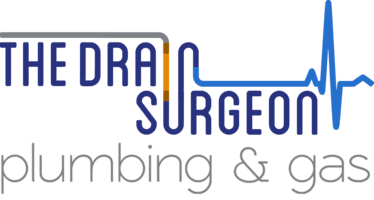
PLUMBER PERTH
Fast, Reliable Plumbing Services
At The Drain Surgeon Plumbing and Gas, we offer prompt and professional plumbing solutions to homeowners in Perth. Trust us for high-quality workmanship and exceptional customer service without unnecessary upselling.
Perth Plumbing And Gas Services
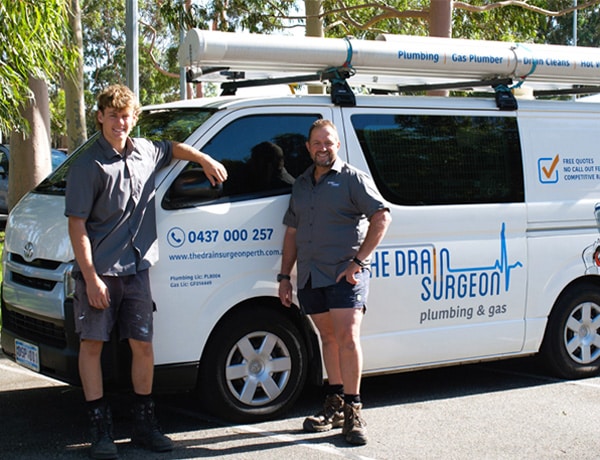
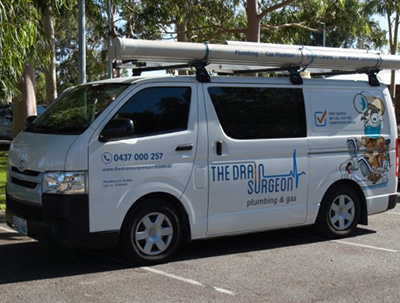

PERTH PLUMBERS
Over 25 Years of Passionate Craftsmanship
With over 25 years of experience, Mark brings genuine passion and dedication to every job. At The Drain Surgeon Plumbing and Gas, we believe in honest service without hidden costs or upselling. Our commitment to quality workmanship ensures your plumbing issues are resolved efficiently and effectively.

GAS AND PLUMBING WA
Prompt and Reliable Service You Can Trust
We understand the importance of timely service. Our team is prompt and reliable, respecting your time and property. Whether it’s an emergency or scheduled maintenance, we ensure your gas and plumbing needs are addressed efficiently, minimising disruption to your routine.
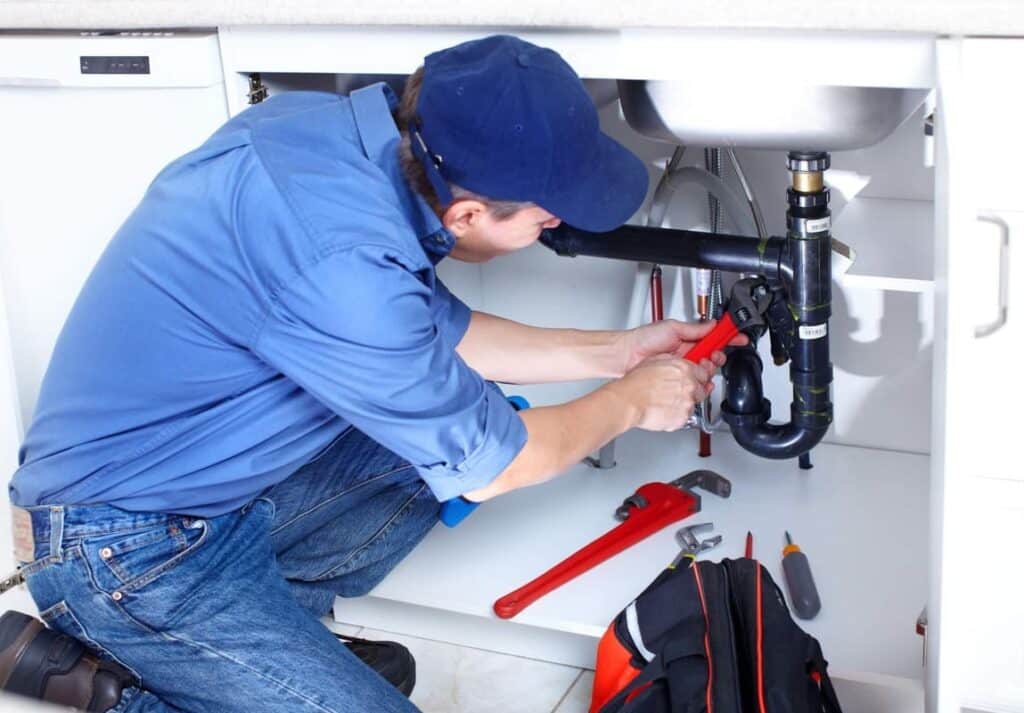
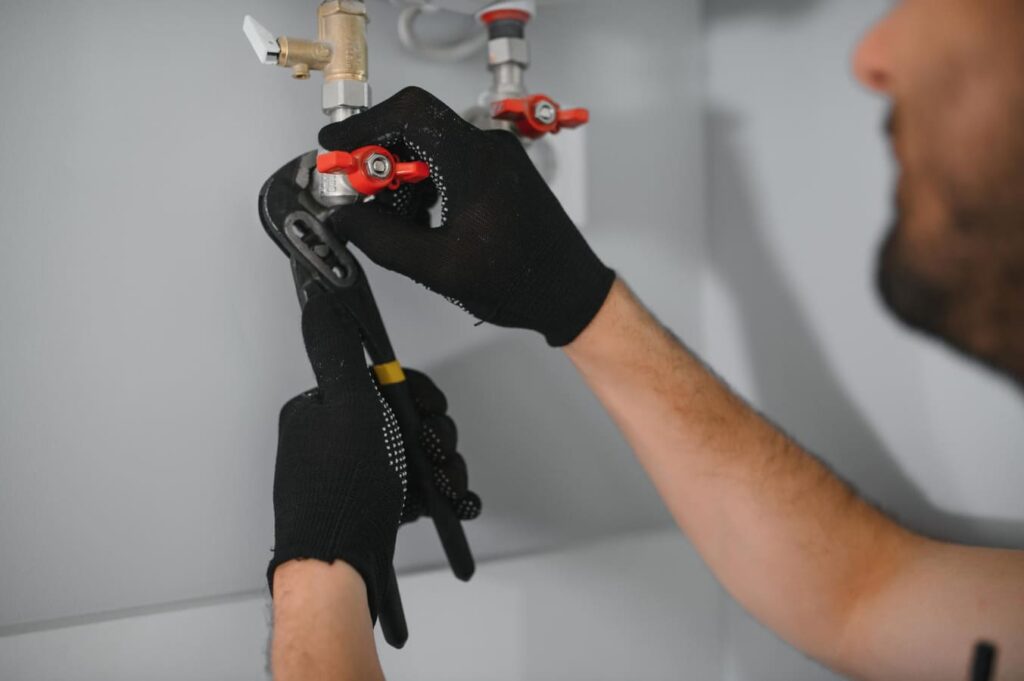
Hear From Our Happy Customers
Gabriel Vanni
Excellent service, the booking team over the phone are super friendly and so was Mark. I loved the link you receive that notifies you when they are on their way and allows you to track how far they are, very nice touch. Thanks for the prompt same-day service and competitive... Read more
Jemel Reyes
Mark did a fantastic job fixing blocked drains. Called him around 10 am and a visit was arranged in the afternoon. Very quick turnaround and honest advice as well. All his tools and equipment were perfect for the job. I will surely call him again for future plumbing jobs.
Marty Byrne
Mark was extremely helpful and continued communication over the weekend, which surprised me. Arranged to come out and fix a split pipe in the laundry wall. Turned up on time and completed the repair quickly and efficiently. Cleaned up really well afterwards. Then the bill came... Read more
Dr. Theja
I highly recommend Mark as an experienced plumber who will carefully attend to the job and do his best for his customers. He is a dedicated and honest worker who will attend to the job step by step without rushing. It was a pleasure to work with him.
Susan Jacobs
Friendly, prompt, and efficient service from the initial enquiry to the job being finished. Expected fees were fully explained and not exceeded at the time of service. The plumbers were great at the job, and I was comfortable with them in my home. I will use them again if ever... Read more
Julian Dudgeon
My team and I had the pleasure of working with The Drain Surgeon Plumbing & Gas last week. I can confidently say they are very friendly, prompt, and professional. I would definitely recommend The Drain Surgeon and their team for any of your plumbing and gas needs!
Dennis Leung
A very friendly and reliable plumber. Good price, showed up on time, and happy to chat with customers. It's always hard to find someone good in Perth, and I'm glad I found him. I'm sure he will be my first choice for all my gas and plumbing needs.
Agha Shahzad
Mark from The Drain Surgeon Plumbing & Gas is highly recommended. We have been using their services for over 3 years. They always arrive on time and are affordable too. I will definitely be using their services again in the future. If you're looking for a reliable and skilled... Read more
Aaron de Rozario
I've had many great experiences with The Drain Surgeon. From start to finish, Mark is professional, punctual, and highly skilled. He arrives on time, assesses the issue quickly, and explains the repair process clearly. The quality of work is top-notch, and everything is... Read more
Our Simple Step-by-Step Process
Contact Us
Call us or request a quote online to discuss your plumbing needs. We're ready to assist promptly.
Receive a Quote
We provide an upfront, detailed quote with transparent pricing and no hidden costs.
Schedule Service
Once you approve the quote, we'll arrange a convenient time to perform the work.
Problem Solved
Our professional plumber arrives on time to fix the issue, leaving you worry-free.
Our Simple Step-by-Step Process
Contact Us
Call us or request a quote online to discuss your plumbing needs. We're ready to assist promptly.
Receive a Quote
We provide an upfront, detailed quote with transparent pricing and no hidden costs.
Schedule Service
Once you approve the quote, we'll arrange a convenient time to perform the work.
Problem Solved
Our professional plumber arrives on time to fix the issue, leaving you worry-free.
Why Choose The Drain Surgeon?
Experienced Professional
With over 25 years' experience, Mark delivers expert plumbing solutions you can trust.
Transparent Pricing
We provide upfront quotes with no hidden costs, ensuring no surprises on your final bill.
Quality Workmanship
We guarantee our work and use only high-quality products for lasting results.
Customer-Focused Service
Your satisfaction is our priority; we resolve your plumbing issues hassle-free.
No Upselling
We offer honest advice without unnecessary upselling or hidden fees
Prompt and Reliable
We arrive on time and complete work efficiently, respecting your schedule.
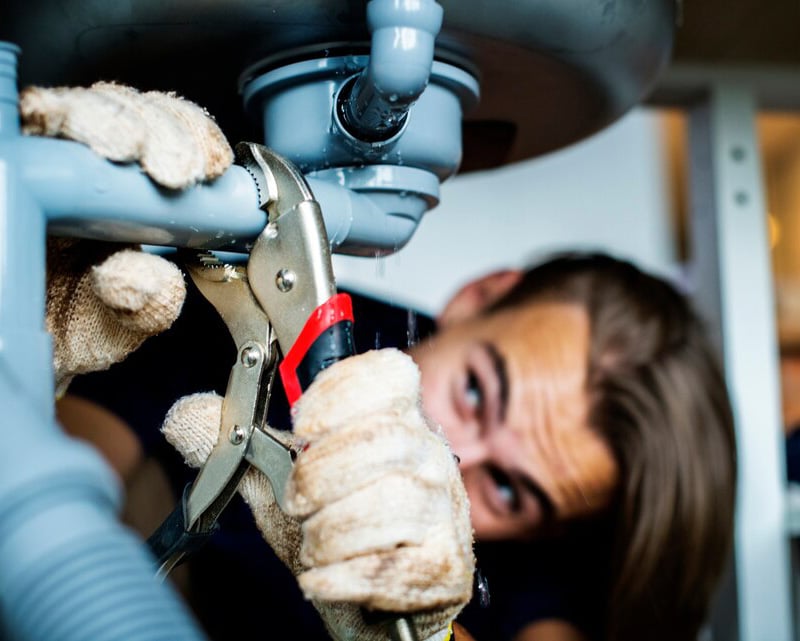

GAS PLUMBING
Expert Plumbing Services for Your Home
At The Drain Surgeon Plumbing and Gas, we offer comprehensive plumbing services, including repairs, maintenance, and installations. Whether it’s a leaky tap, burst pipe, or kitchen renovation, our experienced team provides efficient solutions tailored to your needs.

PLUMBING COMPANIES
Reliable Gas Plumbing Services
Our licensed gas fitters specialise in all aspects of gas plumbing, from appliance installations to leak detection and repairs. Safety is our top priority, and we ensure all gas work complies with the highest standards.

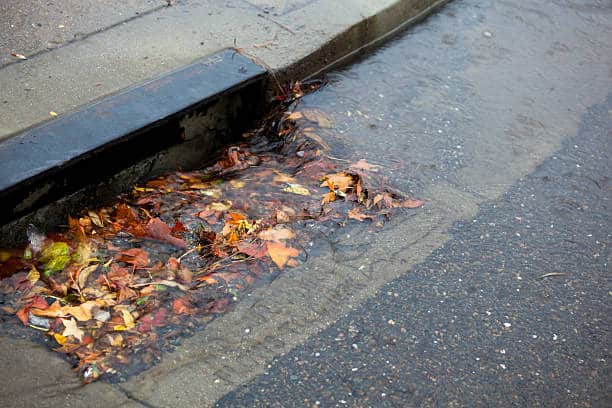

PERTH PLUMBER
Effective Solutions for Blocked Drains
Blocked drains can be a major inconvenience. We specialise in clearing blockages quickly and efficiently, using the latest equipment like camera inspections and root cutting to prevent future issues.

PERTH PLUMBING
Hot Water Systems Installation and Repair
Experience consistent hot water with our professional installation and repair services. We handle all types of hot water systems, ensuring your household’s needs are met with reliable solutions.
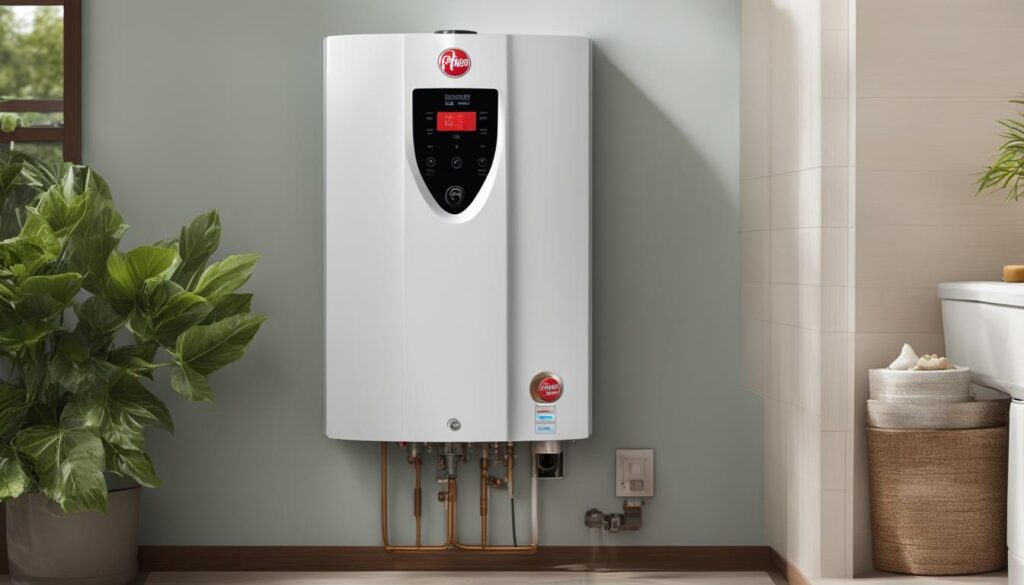
Ready to Resolve Your Plumbing Problems?
Don’t let plumbing issues disrupt your day. Contact us now for fast, reliable service and experience the difference our expertise makes.

